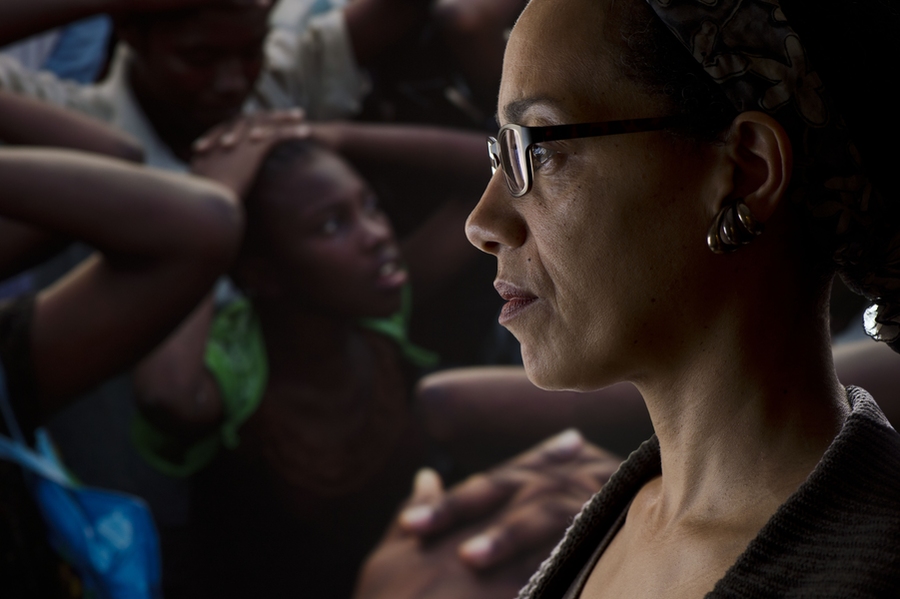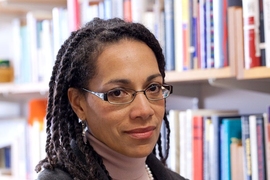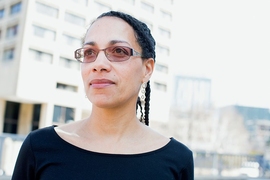What is the relationship between religious belief and healing? How does poverty affect who gets sick? And, in what ways do gender inequities influence health outcomes?
These are the kinds of questions that interest Erica Caple James, a medical and psychiatric anthropologist and director of MIT’s new Global Health and Medical Humanities Initiative, which launched last fall.
James has spent two decades investigating how behavior, culture, and structural inequalities impact health. While working with rape survivors in the aftermath of Haiti’s 1991 to 1994 coup period, James found that aid designed to improve the lives of victims often had the unintended effect of fracturing community ties. Haitians living in extreme poverty fought to gain access to the unusual flow of funds, and humanitarian organizations themselves fought over lucrative aid contracts.
“The research I’ve done has shown the complexity of trying to intervene to improve people’s lives,” she says.
James’s current research focuses on the health experiences of Haitians who chose to leave their conflict-ridden nation for the relative security of the United States. Her research has revealed that “the vulnerabilities one might have in your country of origin often travel with you, whether it’s illness, conditions of economic vulnerability, or mental health challenges,” James says.
These findings underscore the need to think more broadly about global health impacts, says James, who founded the Global Health and Medical Humanities Initiative to address just such issues. The goal of the initiative, she says, is “to try to expand and deepen the conversations that occur around medicine and illness, healing and health disparities, and various kinds of inequalities.”
James included “medical humanities” in the name, she says, because “I also want to draw from literature, history, and the arts in future programming — alongside drawing on anthropology, sociology, political science, and economics perspectives to think about medicine, illness, and healing critically.”
The initiative will provide a formal program for MIT students who aspire to take an active role in improving global health. “I want to help students to think in a nuanced way about the determinants of health,” James says, noting that she is hoping the effort will draw expertise from all five MIT schools.
For its inaugural event in October, the Global Health and Medical Humanities Initiative examined the roots of the recent Ebola epidemic as well as the social and scientific responses to the crisis. “We’ve seen with the Ebola crisis that the mobility of people means that we have to think of disease and healing in a much more complex way,” James says.
Now James is developing an interdisciplinary subject — tentatively titled Infections and Inequalities — that might one day be incorporated into an undergraduate minor in health. Down the line, she hopes the initiative will provide students with firsthand experience in tackling health challenges.
“What’s driving the Global Health and Medical Humanities Initiative is a recognition that in order to truly understand and improve health and health care, it is vitally important to bring into conversation biomedical and technological perspectives with those of the humanities, arts, and social sciences,” James says. “MIT may be uniquely positioned to offer new research and teaching models that can solve persisting health problems worldwide.”








